Health care reform's so-called individual mandate is either a crucial element in the plan to give nearly all Americans better access to medical care or the greatest threat to liberty since Abraham Lincoln suspended the writ of habeas corpus. Either way, it's the law of the land and barring a repeal by the Supreme Court or a Republican president, we're all going to have to deal with it come 2014.
When the biggest parts of the health care reform are in place in less than two years, almost every legal U.S. resident will have to prove they have some form of health insurance or they'll be subject to a tax penalty. The basic idea behind the mandate is that people shouldn't wait until they're sick to buy health insurance or expect the rest of us to foot the bill when they get treatments for which they can't pay.
The Supreme Court will hear arguments next week about whether the mandate and other elements of the law violate the Constitution.
Why the mandate? President Barack Obama and the Democrats who passed the bill two years ago wanted to force health insurance companies to offer coverage to anyone who applied and to limit their ability to charge older and sicker people more. Problem is, with those rules in place, young, healthy people would have no reason to buy health insurance until they got older and sicker.
If people don't buy into the system while they're healthy and only buy insurance when they're sick, it would increase premiums for everyone. These higher premiums would cause more healthy people with low medical bills to drop their insurance. This, in turn, would make premiums more expensive for those who kept their coverage because more of them would have high health care costs. In the insurance industry, they call it the "death spiral."
What gets lost in the political and legal debate over the mandate is that if the law works the way it's supposed to, the majority of Americans won't have to change much about what they do.
Most Americans already have some form of health benefits, whether it's private insurance or a government program like Medicare or Medicaid. The most common source of coverage is job-based insurance, which 154 million people have. That's nearly half of the total population of the United States. Another 25 million are covered under other kinds of insurance and 55 million have nothing.
Under health care reform, the government will cover 17 million more people on Medicaid. Practically everyone else will shop for health insurance on the law's state-based "exchanges" that are projected to cover 22 million between 2014 and 2022. Tax credits will subsidize coverage for people who earn between 133 percent and 400 percent of the federal poverty level (which is $30,657 to $92,200 for a family of four this year).
So what happens if you don't buy health insurance? You'd have to pay a tax penalty that is set at $95 or 1 percent of income, whichever is greater, in 2014. The amount rises until 2016, when it will be $695 for an individual and up to $2,085 for a family, or 2.5 percent of annual income, whichever is greater, and will increase over time based in inflation. Regardless of income, the penalty can't be higher than the cost of the cheapest health plan available. Health care reform exempts people with religious objections to health insurance or medicine. The law also allows people to obtain "hardship" waivers if they demonstrate they can't find a plan they can afford.
Photo by flickr user bradleygee